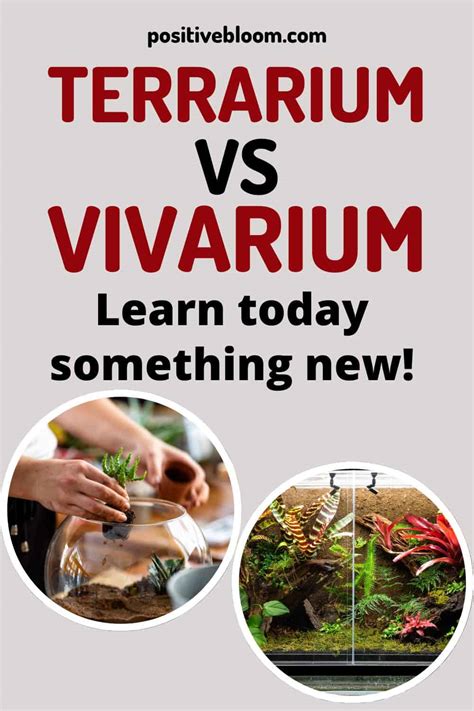Introduction

Depression is a widespread mental health condition affecting millions of individuals globally. Its debilitating symptoms can significantly impair daily functioning and overall well-being. While traditional treatments such as therapy and medication have proven effective, recent research suggests that incorporating nature into therapeutic approaches may offer promising benefits. One such intervention gaining attention is the creation and maintenance of terrariums.
What is a Terrarium?
A terrarium is a miniature ecosystem enclosed within a transparent container, allowing plants and small animals to thrive in a controlled environment. By replicating the natural conditions of a forest floor, terrariums provide a sanctuary of greenery and tranquility.
Terrarium and Depression: The Therapeutic Connection
Several studies have investigated the relationship between terrariums and depression. The results are promising:
- Stress and Anxiety Reduction: The soothing presence of nature, particularly plants, has been shown to alleviate stress and anxiety levels. Terrariums, by bringing nature indoors, create a calming environment that promotes relaxation.
- Improved Mood and Well-being: Exposure to greenery has been associated with positive emotions, mood enhancement, and increased well-being. Studies suggest that interacting with a terrarium can stimulate dopamine production, a neurotransmitter linked to pleasure and motivation.
- Cognitive Function Enhancement: Research indicates that exposure to plants and natural environments improves cognitive function, including attention, memory, and problem-solving abilities. Terrariums in the workplace or home environment can potentially enhance mental clarity and focus.
Creating a Therapeutic Terrarium
Creating a therapeutic terrarium requires careful consideration and planning:
- Plant Selection: Choose plants that thrive in enclosed environments, such as ferns, mosses, and succulents. Consider the aesthetic appeal, ease of care, and suitability for the terrarium’s size.
- Substrate: The terrarium’s base should provide drainage and support for plants. A mixture of soil, gravel, and activated charcoal is commonly used.
- Decor: Natural elements such as rocks, driftwood, and animal figurines can enhance the terrarium’s aesthetic appeal and simulate a natural habitat.
- Maintenance: Regular watering, misting, and occasional pruning are essential for maintaining a healthy terrarium environment. Monitor humidity levels and adjust accordingly.
Tips for Enhancing the Therapeutic Benefits of Terrariums
- Place in High-Traffic Areas: Position the terrarium in a room where individuals can easily view and interact with it.
- Engage Regularly: Encourage individuals to water, mist, and observe the terrarium regularly, fostering a sense of ownership and connection.
- Consider Guided Practices: Lead guided meditation or mindfulness exercises near the terrarium, using the natural environment as a focus point for relaxation.
- Incorporate Sensory Elements: Add fragrant plants, soft music, or ambient lighting to create a multi-sensory experience that promotes relaxation.
- Facilitate Group Activities: Use terrariums as a starting point for group discussions or activities that focus on mental health and well-being.
Common Mistakes to Avoid
- Overcrowding: Avoid overcrowding the terrarium with plants to ensure proper airflow and prevent disease.
- Improper Lighting: Provide adequate lighting for the plants’ growth, but avoid direct sunlight which can overheat the terrarium.
- Neglect: Regular maintenance is crucial for the terrarium’s longevity and health. Neglect can lead to plant death and an unappealing environment.
- Poor Drainage: Ensure the terrarium has sufficient drainage holes to prevent waterlogging, which can damage plants and promote mold growth.
- Unsafe Materials: Avoid using materials that may release harmful chemicals into the terrarium environment, such as certain paints or adhesives.
Pros and Cons of Using Terrariums for Depression
| Pros | Cons |
|---|---|
| Proven stress-reducing effects | Potential for plant allergies |
| Improved mood and well-being | Maintenance requires time and effort |
| Cognitive function enhancement | Can be visually distracting in some settings |
| Portable and adaptable | Potential for mold growth if overwatered |
| Cost-effective | Difficult to create complex ecosystems |
Reviews
“Creating a terrarium has been an incredibly rewarding experience for me. The plants bring a touch of nature into my home, and caring for them gives me a sense of purpose and tranquility.” – Sarah, a terrarium enthusiast
“I’ve noticed a significant improvement in my mood and energy levels since incorporating a terrarium into my daily routine. It’s a constant reminder of the beauty of nature and helps me stay grounded.” – Emily, a depression sufferer
“Our office decided to place a terrarium in the break room, and it has made a noticeable difference in the atmosphere. Employees seem more relaxed and engaged during breaks.” – Michael, an office manager
“I’ve always loved plants, so when I heard about the potential benefits of terrariums for depression, I decided to give it a try. While it’s not a cure-all, the sense of peace and tranquility it provides is invaluable.” – Jessica, a mental health advocate
Conclusion
Terrariums offer a promising, nature-based intervention for individuals struggling with depression. By creating and maintaining a terrarium, individuals can harness the therapeutic benefits of nature, including reduced stress, improved mood, and enhanced cognitive function. While terrariums should not replace traditional treatments, they can serve as a complementary approach that promotes mental well-being and empowers individuals to take an active role in their recovery journey.





















